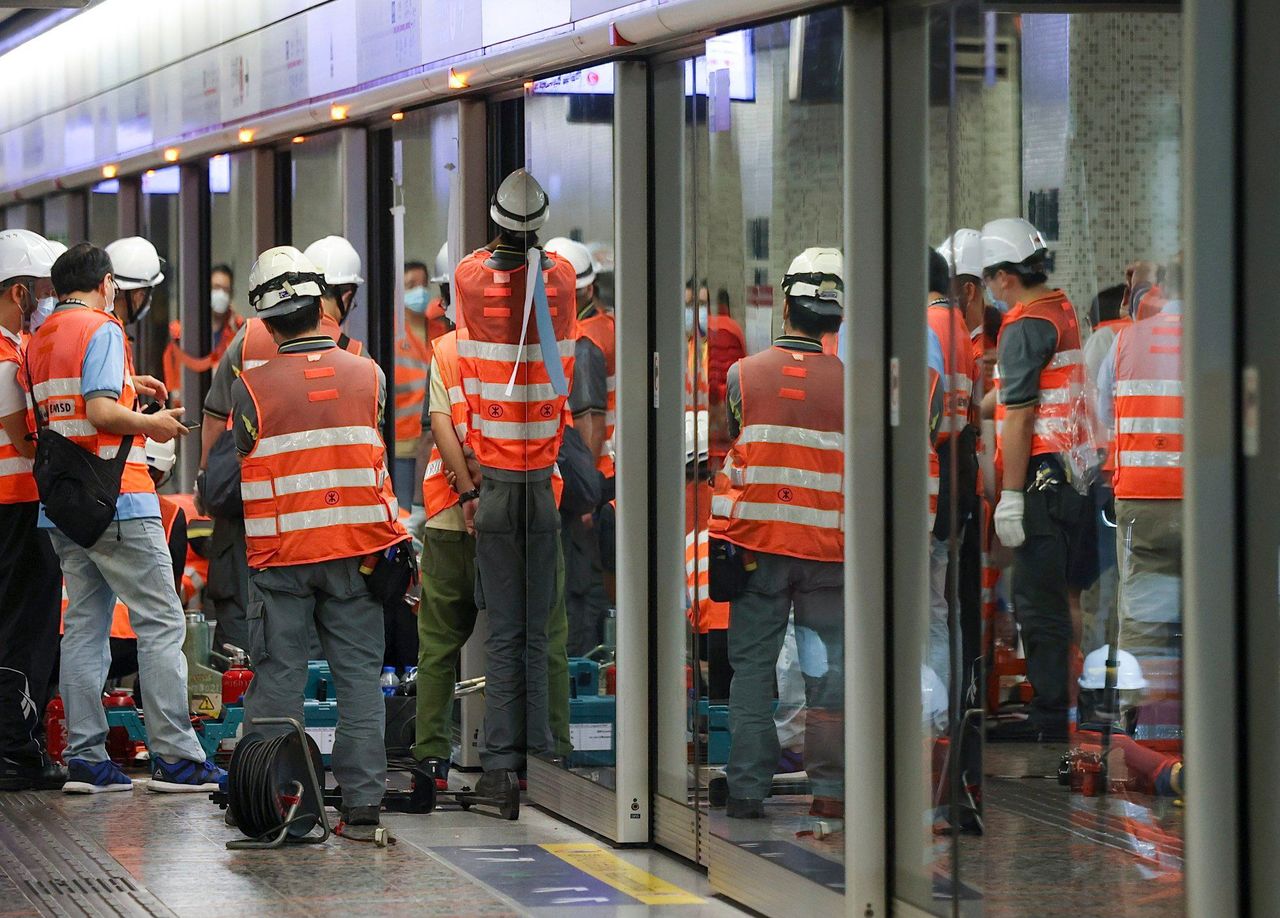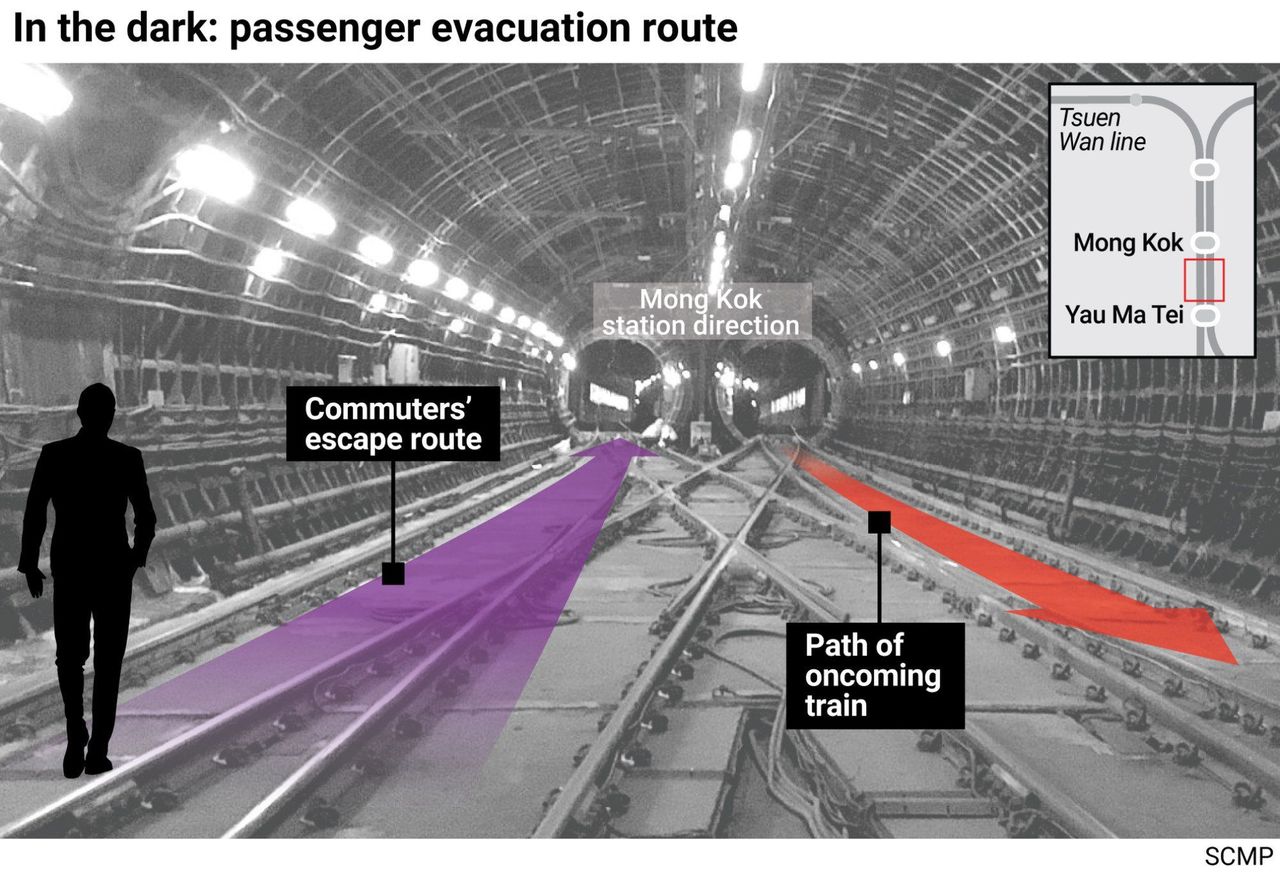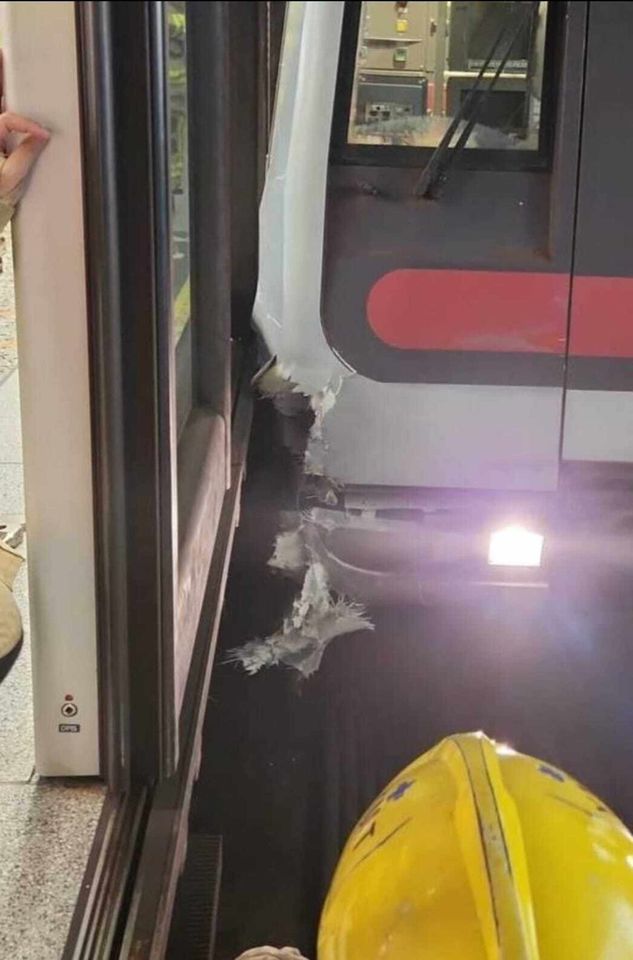Hong Kong News

Hong Kong’s MTR tests new trains fitted with old system in bid to replace ageing model
Hong Kong rail giant the MTR Corporation is running a trial involving new trains retrofitted with an old signalling system in an attempt to replace an almost four-decade-old first-generation model on four lines.
The company confirmed the move as an insider on Tuesday revealed that the rail operator was still looking at various causes for Sunday’s train derailment at Yau Ma Tei station aside from a displaced metal fence.
Two sets of carriage doors were ripped off in the accident, with hundreds of passengers evacuated and services knocked out on part of the Tsuen Wan line for the rest of the day. The train involved has been in use for 35 years.
“There are possible causes right now – either the derailment was caused by a displaced metal fence by the side of the tracks or some defects of the train itself such as its anti-shock system,” the source said. “At present both causes can’t be ruled out now and the company needs further investigation.”
 The incident occurred at Yau Ma Tei station.
The incident occurred at Yau Ma Tei station.The MTR Corp has been ordered to submit an interim report on the incident to Secretary for Transport and Logistics Lam Sai-hung on Wednesday, covering the initial cause of the derailment, its follow-up action and how the firm handled the overall situation. It is due to submit a full investigative report in two months.
It is also expected to give a detailed account of the evacuation as its staff were accused of putting passengers in danger by asking them to use an emergency exit to get off the train and walk along the tracks inside the tunnel towards Mong Kok station. A passenger told the media a train on the Kwun Tong line also passed by in the opposite direction as they walked inside the tunnel.
The rail firm on Monday said its initial investigation found the derailment happened after a displaced metal fence, located by the side of the tracks, caused the front carriage to veer off the tracks as it pulled into Yau Ma Tei station.

The front carriage derailed as it arrived at the station at around 9.30am, ripping off two sets of doors. About 750 passengers were evacuated, with around 150 leaving through the emergency rear exit of the train and walking along the tracks to the next platform at Mong Kok.
The insider said rail staff at present conducted checks on the metal fence by sight on alternate days under the company’s instructions.
“The MTR Corp doesn’t request the staff to check the metal fence with any equipment so they conduct the checks with physical detection only. But the fence is large in size and it will be easily detected if it has loosened,” the source said.
The insider added that the MTR Corp had a 15 per cent shortage of frontline maintenance staff which would affect work.
The train might have had some defects due to ageing of components such as the system which was used to absorb shock at the bottom of the carriage and adjust its height, the insider added.
“There will be a batch of old trains reaching their retirement age and need to be scrapped. Actually some old trains have already been placed in the scrapyard,” the source said.
“To resolve the trains’ ageing problems, the MTR Corp plans to use a batch of new trains fitted with the old signalling system to replace the old ones. It is now on a trial run and will soon be implemented if the trial is smooth.”
 The damaged train at the station.
The damaged train at the station.
An MTR spokeswoman confirmed that 93 new trains were being retrofitted with the existing signalling system so they could commence service as planned.
“The corporation will announce the arrangements for the service commencement of the new trains in due course,” she said.
In 2015, the MTR Corp announced plans to spend HK$6 billion on its largest-ever order of 93 eight-car trains from mainland manufacturer CSR Qingdao Sifang to replace all of its first-generation, British-made trains dating back as much as 37 years on the Kwun Tong, Tsuen Wan, Island and Tseung Kwan O lines.
Under the contract, the trains were to be delivered between 2018 and 2023.
The new trains were originally reserved for a new signalling system on the four lines. But following the city’s first train crash in March 2019 during an overnight trial run of the already-delayed new system, it was further suspended until after next year pending a review of its software by its contractor.
Legislator Gary Zhang Xinyu, an engineer who served as MTR operations manager, said the initial report had to clearly explain the evacuation situation.
“The MTR Corp needs to clarify whether its staff had requested passengers to leave the tunnel via the emergency exit. Under the firm’s protocol, the rail staff have to seal off the tunnel and turn on the tunnel light to ensure passengers’ safety if they have to be evacuated through the tunnel,” he said.
Chief Executive John Lee Ka-chiu expressed concern about the derailment on Tuesday, saying the MTR Corp should have a good self-monitoring system to maintain a high standard of operational safety.
“The government, of course, has the responsibility to monitor the performance, look at the investigative reports and ensure that anything that needs to be properly addressed will be handled appropriately.”
Lee noted that there was a punishment system in cases where the MTR Corp failed to fulfil its obligations, adding the government was conducting a consultation about the rail firm’s fare adjustment mechanism as well as its penalty system.











